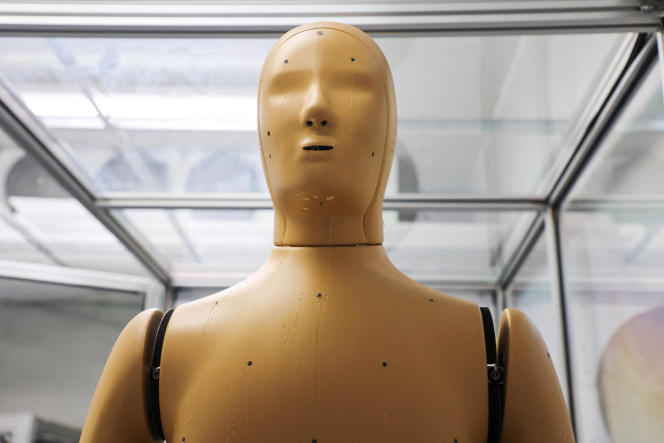The thermometer reads 44°C. At the beginning of July, Phoenix is the hottest city in the United States. No time to put a dog outside – except to strap him into one of those cooling vests lined with ice packs sold in supermarkets. The capital of Arizona is showing the way for tomorrow’s climate: the average number of days when the temperature reaches or exceeds 43°C is now 21 per year. The record dates from 2020: 53 days at this extreme temperature. And no respite at night: the mercury rarely drops below 30°C.
At this stage, the city is beyond the heatwave alert. The inhabitants only walk at dawn. The children organize their birthday parties at 5 am. The air conditioning is running full blast. According to the Maricopa County Public Health Department — which includes Phoenix, with a population of 1.7 million — 425 deaths in the metropolitan area were attributed to heat in 2022, up 25% from 2021.
For walking Andi, on the other hand, the weather is ideal. Andi is a robot, or more accurately, a thermal dummy: the star of the extreme heat research group at Arizona State University (ASU), the state’s public university. Made of epoxy carbon fiber, Andi is 1.78 meters tall, the average height of a male individual. It has 35 independent thermal zones, delimited with the precision of acupuncture points. Under its epidermis, a mesh of connected sensors makes it possible to measure the effects of heat as it diffuses in the various organs of the human body.
Andi breathes and sweats
The robot’s “masters” – mechanical engineering professor Konrad Rykaczewski and colleagues Ariane Middel and Jennifer Vanos of ASU’s Human Biometeorology Laboratory – hope to unravel the mystery of heatstroke. Why do some individuals fall victim to it more quickly than others and how can hyperthermia be prevented?
Custom designed by Seattle-based Thermetrics (at a cost of $650,000), Andi breathes and sweats, thanks to an internal cooling system and “pores” that let sweat bead. A dozen thermal dummies of the same type are already operational, mostly used by manufacturers of extreme sports clothing to test their products.
Andi is the first to be equipped to go out in real conditions. Like humans, the model distributes its perspiration in certain parts of the body. ” We know that the back sweats more than the calves, for example,” notes Konrad Rykaczewski. The team programmed sixty different morphologies to measure the possible impact of body shape on the reaction to heat. “There is no average person”, adds the engineer. Older people sweat less than other people. Thermoregulation varies according to age, sex, state of health and situational factors. “If you have consumed alcohol the day before”, For example…
You have 42.6% of this article left to read. The following is for subscribers only.
